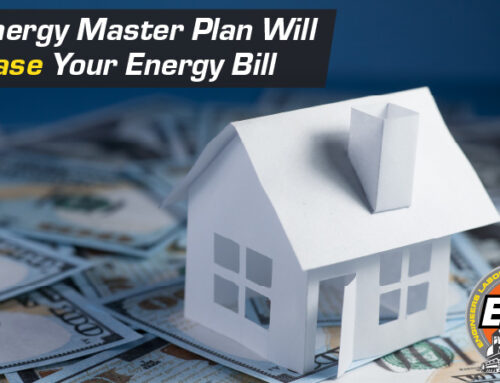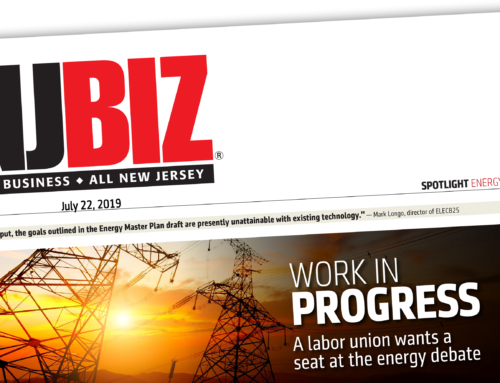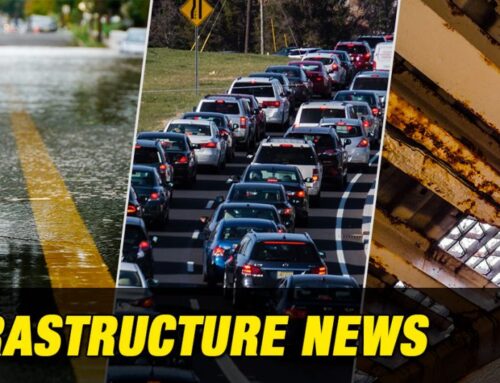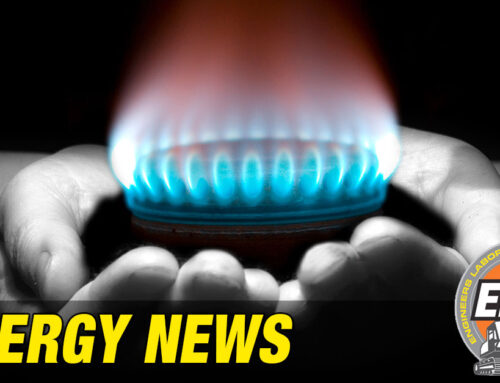So Long Coal
Over the last several years, coal-fired plants in New Jersey started shutting down for good.

SOURCE: https://www.solarreviews.com/news/pseg-shutters-coal-fired-plants-new-jersey-clean-energy-future-060117/

SOURCE: https://www.nj.com/news/2019/04/this-south-jersey-coal-plant-is-shutting-down-for-good-clean-energy-may-be-its-future.html
This is a big win for the environment and a big step towards a greener, sustainable future.
“Transitioning from coal means that sulfur dioxide, mercury, and other air toxins formed when burning this fuel will no longer be injected into the atmosphere that is shared by millions of people in New Jersey…It is heartening to know that a major New Jersey power-producing company is transitioning to cleaner fuels and at the same time reducing air pollution for the region.”
– Monica Mazurek, Associate Professor, Civil and Environmental Engineering, Rutgers University
SOURCE: https://www.solarreviews.com/news/pseg-shutters-coal-fired-plants-new-jersey-clean-energy-future-060117/
A Bridge to a Renewable Future
How did this happen? It was cleaner and affordable natural gas.

SOURCE: https://www.eia.gov/state/seds/seds-data-complete.php?sid=NJ#Consumption
Over the last 15+ years, natural gas has slowly and steadily replaced coal while solar and wind have gotten off the ground.

At this point, 90% of New Jersey’s energy comes from nuclear and natural gas.

And thanks to the increased usage of clean natural gas, New Jersey reduced its greenhouse emissions by nearly 26% between 2005 and 2015 and achieved the 2020 Global Warming Response Act goals years ahead of schedule.

SOURCE: https://www.nj.gov/dep/climatechange/data.html
New Jersey is a national leader and the United States is a global leader in reducing carbon emissions.

SOURCE: http://www.aei.org/publication/chart-of-the-day-in-2017-us-had-largest-decline-in-co2-emissions-in-the-world-for-9th-time-this-century/
At the end of the day, natural gas has been critical in helping the state and country immediately reduce carbon emissions. How we get to a renewable future is key.
The Transition
We at ELEC825 support the transition to renewable energy. After all, we live here too, and the operating engineers and signatory contractors we represent work on all energy projects, from natural gas to solar and wind, and we have seen firsthand the state of our energy grid and generation systems. But this transition to renewables must be done carefully. And we’re not the only ones saying that.
“With 40 percent of the state’s electricity coming from natural gas and roughly 70 percent of homes and businesses heated by the fuel, it is unclear how the state can seamlessly phase out its use without huge impacts on consumers and the economy.”
– Tom Johnson, “State’s New-Look Energy Plan is Delayed, now Expected in December”, NJ Spotlight
Timing is Key
Right now, renewables cost more. A study from the University of Chicago finds a double-digit increase:
“The estimates indicate that 7 years after passage of an RPS [Renewable Portfolio Standards] program, the required renewable share of generation is 1.8 percentage points higher and average retail electricity prices are 1.3 cents per kWh, or 11% higher; the comparable figures for 12 years after adoption are a 4.2 percentage point increase in renewables’ share and a price increase of 2.0 cents per kWh or 17%. These cost estimates significantly exceed the marginal operational costs of renewables and likely reflect costs that renewables impose on the generation system, including those associated with their intermittency, higher transmission costs, and any stranded asset costs assigned to ratepayers.”
Michael Greenstone, Ishan Nath, “Working Paper: Do Renewable Portfolio Standards Deliver?”
SOURCE: https://bfi.uchicago.edu/working-paper/do-renewable-portfolio-standards-deliver/
Some might argue that that is an acceptable cost increase in order to combat climate change, but what of the poor and working-class living paycheck to paycheck and who may be forced to make difficult choices with an increase in their home heating and cooling costs?
A Cautionary Tale
Look no further than our neighbors in New York to see what might happen if we get this wrong, where irrational anger at natural gas is putting a serious damper on economic development.
“Across the suburbs north of New York City, clusters of luxury towers are rising around commuter rail stations, designed to lure young workers seeking easy access to Manhattan. In all, 16,000 apartments and condominiums are in the works in more than a dozen towns, along with spaces for restaurants and shops.
But the boom unfolding in Westchester County is under threat — not from any not-in-my-backyard opposition or a slumping real estate market.
Instead, it is coming from something unexpected: a lack of natural gas.
Con Edison, the region’s main utility, says its existing network of pipelines cannot satisfy an increasing demand for the fuel.
As a result, the utility has taken the extreme step of imposing a moratorium on new gas hookups in a large swath of Westchester, including for residential buildings planned in Yonkers, White Plains and New Rochelle. The only other places in the country with similar restrictions are in Massachusetts, gas industry officials said.”
– Debra West, “Con Ed Cuts Off New Gas Hookups in New York Suburb”, The New York Times
Energy Reality Check
Our modern life and the economic health of the region is built upon affordable and reliable energy. The challenge is mapping a path to a renewable future while at the same time keeping energy available and affordable. That’s why we launched a new Road to Repair educational campaign to promote smart energy policy, dispel false claims from special interests, and foster a sustainable economic future for New Jersey. The Energy Reality Check campaign launch kicks off with a television, radio, and digital ads to document the risks New Jersey faces if it does not incorporate natural gas into its energy mix. The tv ad can be found here.
“As someone who has lived in New Jersey his whole life and is now raising two kids here, I would love it if we could institute something like the New Green Deal…It sounds great that we can have solar power and have offshore wind farms, but, even with that, you still need natural gas and nuclear power in order to realize energy consumption for this region…No issue is more essential to the future of our state’s economy than ensuring we have a balanced, robust, and affordable mix of clean and safe energy sources. We want to push through the misinformation and focus on the facts: New Jersey needs natural gas to achieve a future of renewable energy without disrupting our lives or causing economic distress.”
– Mark Longo, Director, ELEC825









